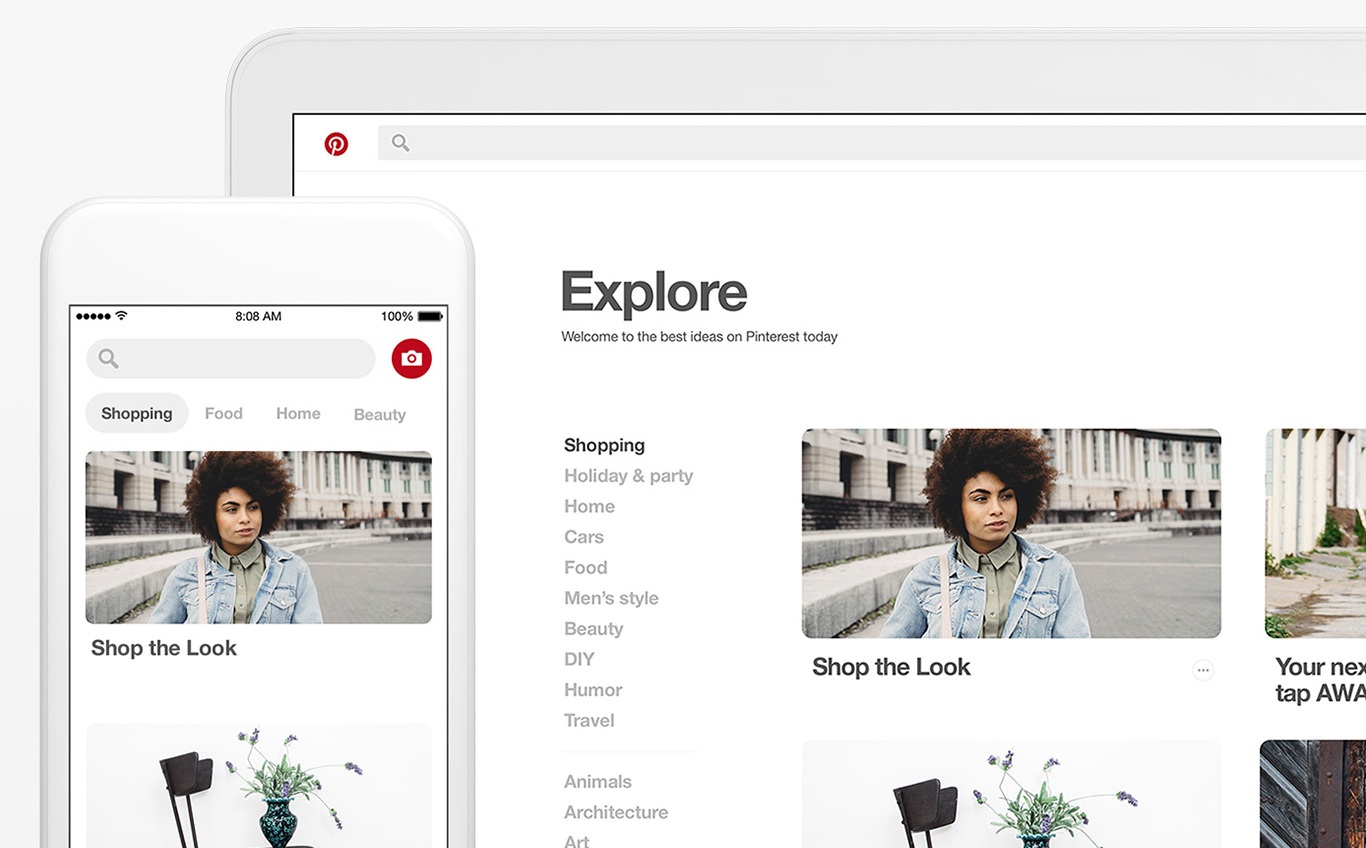
Written by Danny Parker in Performance Marketing

It is the act of selling and purchasing products or services through social media platforms such as Facebook, Instagram, and Twitter. Today, social commerce has altered customer engagement for brands and has significant implications for the e-commerce industry.
There are various types of social commerce, including shoppable posts, social media marketplaces, and group buying. Shoppable posts allow brands to display their products directly in social media feeds, making it effortless for customers to purchase them. Social media marketplaces enable brands to establish virtual storefronts on social media platforms. Group buying is where a group of users purchases a product together at a discounted price.
As a marketer or business owner, social commerce is worth considering because of its numerous benefits, including:
Social media platforms have billions of users across the world. By leveraging social commerce, brands can access an expansive audience they wouldn't have obtained without it.
Social commerce platforms allow brands to interact with customers in real-time, resulting in more brand loyalty and increased sales.
Social commerce removes friction from purchasing, allowing customers to buy products directly from social media platforms, enhancing convenience and leading to more sales.
Social media platforms offer comprehensive data insights that businesses can use to optimise their marketing strategies. By understanding customer preferences and behaviour, brands can tailor their strategies to maximise sales.

1. In 2022, the estimated social commerce revenue in Europe was around 107 billion euros. (Statista)
2. Around 49% of European internet users purchased something on social media in the last 12 months. (GlobalWebIndex)
3. The top social commerce market in Europe is the United Kingdom with an estimated revenue of 38 billion euros in 2022. (eMarketer)
4. Apparel and accessories are the most popular product categories for social commerce purchases in Europe, followed by beauty and personal care products. (GlobalWebIndex)
5. Instagram and Facebook are the most used social media platforms for social commerce in Europe, with 75% and 65% of social commerce users respectively. (GlobalWebIndex)
6. In 2022, 88% of German social media users between the ages of 18-34 made a social commerce purchase. (KPMG)
7. The average order value of social commerce purchases in France is around 80 euros. (PayPal)
These statistics highlight the immense potential that social commerce holds for businesses. As consumers spend more time on social media, brands need to explore innovative ways of promoting their products and services through social media platforms. The integration of social media with e-commerce has the potential to revolutionise the way brands engage with customers and sell their products.
In conclusion, social commerce is a game-changer for businesses, offering a wide range of benefits that can ramp up sales, customer loyalty, and brand visibility. By staying updated with the latest trends and strategies in social media and e-commerce, brands can leverage social commerce to drive growth and achieve long-term success.
If you would like to take your social accounts further and get them really working for you contact us today and let’s get started. You can reach us on 0870 201 4791 or by email.
https://www.statista.com/statistics/1213737/social-commerce-revenue-europe/
https://www.globalwebindex.com/hubfs/Social-Commerce-Report-2021/Social-Commerce-Report-2021-Europe.pdf
https://www.emarketer.com/content/uk-social-commerce-2022
https://www.paypalobjects.com/digitalassets/c/website/marketing/emea/gb/ww-en/files/pdf/paypal-social-commerce.png
https://home.kpmg/de/de/home/media/asset/future-of-commerce/social-commerce-social-media-and-online-marketplaces-is-the-future-of-ecommerce/Future-of-commerce-social-commerce.pdf

Next Article
sevenseven is driven by a simple belief: that things can be done better. In a relentlessly evolving industry our team of strategic, creative and technical specialists transform both B2B and consumer brands using “intelligently creative” print and digital solutions.
We’ve set ourselves apart thanks to a guiding set of principles that inform our work and get results for our clients. Take a look at the link below to see how we deliver branding and digital marketing services for our clients.